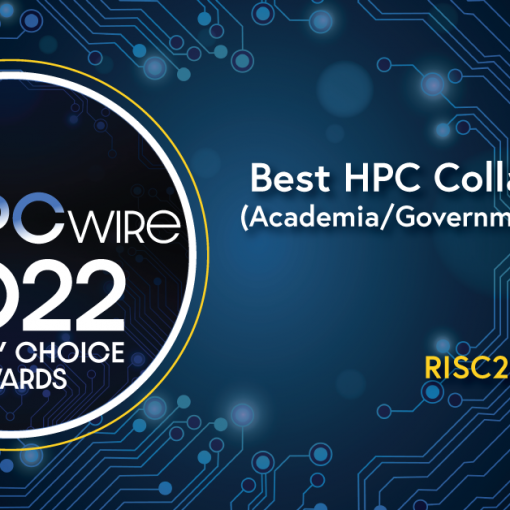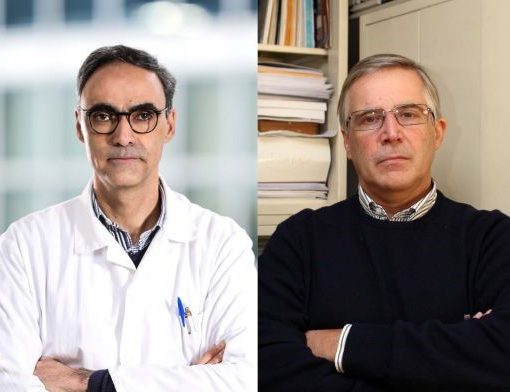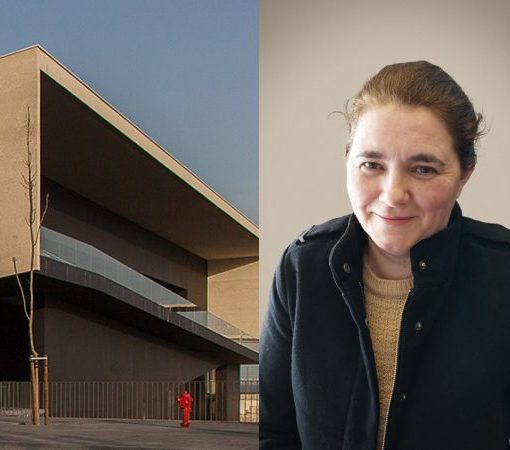UMinho’s School of Engineering is working on a hybrid artificial intelligence model for Singapore and is developing the project for the European Green Capital.
It was revealed at the 2nd International Meeting on Environmental Education, held on 27 February at the Landscape Laboratory in Guimarães, that the award for European Green Capital 2026 has accelerated the project to develop a digital twin. Francisco Chinesta, director of the Descartes programme, the hybrid artificial intelligence model built for the city-state of Singapore, explained why these digital twins should combine ‘big data’ with ‘old science’.
At a time when Guimarães, in collaboration with U. Minho, is speeding up the development of a digital twin, so that it can be up and running by 2026, when the city becomes European Green Capital, Francisco Chinesta shared some of the knowledge accumulated in one of the most developed models in the world – Descartes, in Singapore. For the researcher and director of the Asian city-state’s project, if we can’t rely on scientific models as we have done so far, ‘because the phenomena are very complex’, neither can we resort to artificial intelligence (AI) at all.
Digital twins are virtual representations of physical systems, in this case a city or part of it. These models make it possible to simulate the development and spread of phenomena such as fire or floods, and to test behaviours resulting, for example, from traffic changes. At the Paris Olympics, a system based on this technology was used to provide users with the quickest route from one point to another, but at the same time the coolest and the one with the best air quality. In Marseille, the technology is being used to inform firefighters about the spread of fire, based on analysing air currents. ‘This way, based on the expected delay in the arrival of the resources, it’s possible to know exactly where they should be sent,’ explained Francisco Chinesta.
‘To measure what’s going on in a city like Guimarães in its entirety would require thousands of sensors,’ he said. The researcher also warned of the enormous amount of energy needed to operate AI systems, ‘which makes them unsustainable’. It was for these reasons that they opted for a hybrid system in Singapore: ‘We use physics for what we know and simulate, using AI, what we don’t know.’ In this way, Francisco Chinesta says it is possible to have a model for a city like Guimarães, ‘with a few dozen sensors’.
In Singapore, the Descartes programme – developed by the local subsidiary of the Centre National de la Recherche Scientifique (CNRS), France’s largest research centre – is an interdisciplinary programme involving mathematicians and computer science specialists and engineers, but also anthropologists and other humanities researchers. ‘A city isn’t just about technology. I don’t want to be looking at a cathedral or a historic centre and suddenly drones start flying by,’ he illustrates, referring to the specificity of a city with an old hull, like Guimarães. ‘What’s more, in a city like Singapore, you tell people to do one thing and they do it; in France, you tell people to do something and they try to do the opposite,’ he joked, emphasising that ’technology is made for people and there are no universal rules.’
UMinho has programming specialists in this area and has been involved in Descartes, with a team led by Professor Miguel Nóbrega from EEUM, bringing to the programme the knowledge that the School of Engineering has in the area of Openfoam, a programming language widely used to build these models. These specialists are developing a digital model of Guimarães, which they hope to have up and running by 2026. The Portuguese researcher explained that this is a model that, once created, will work in real time and will support planning, operation, diagnosis, prognosis and decision-making in the city.
Digital model of Guimarães should be up and running by 2026
SOURCE: Jornal de Notícias



